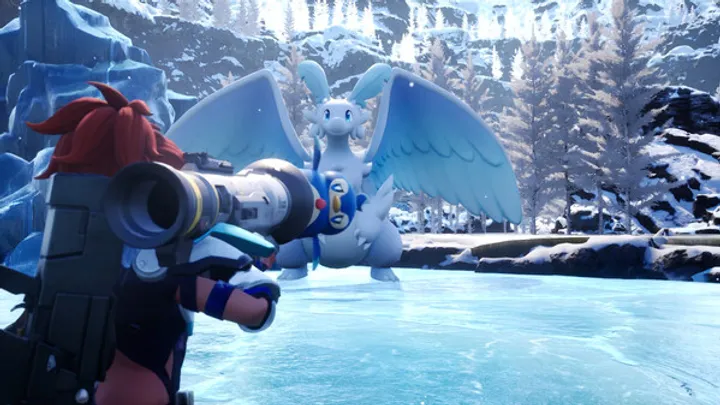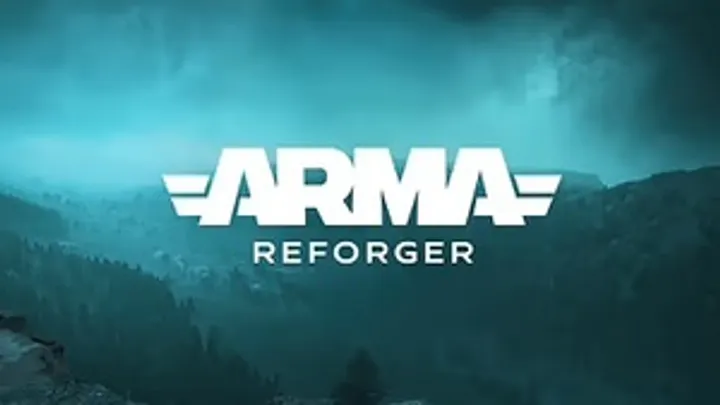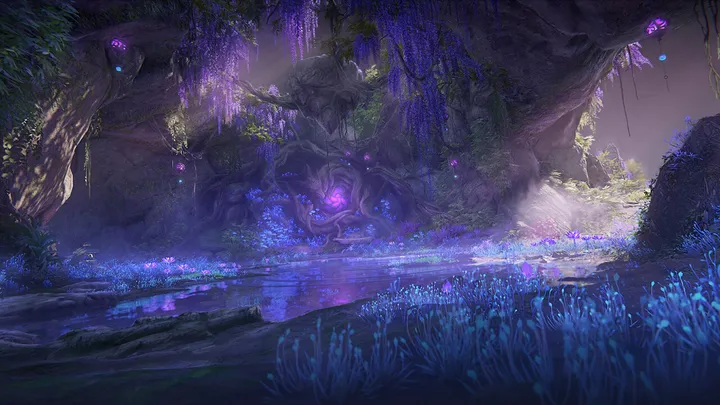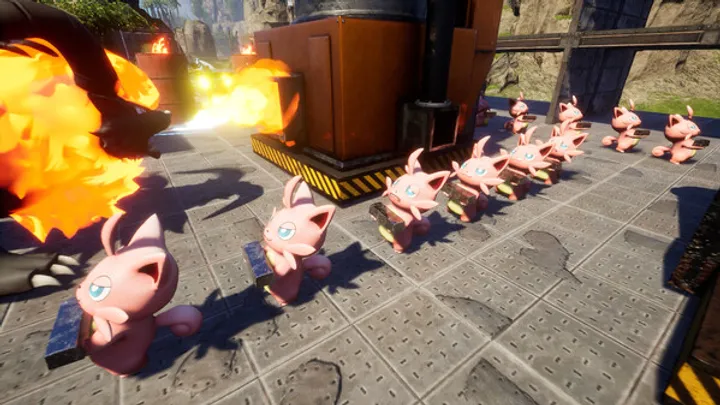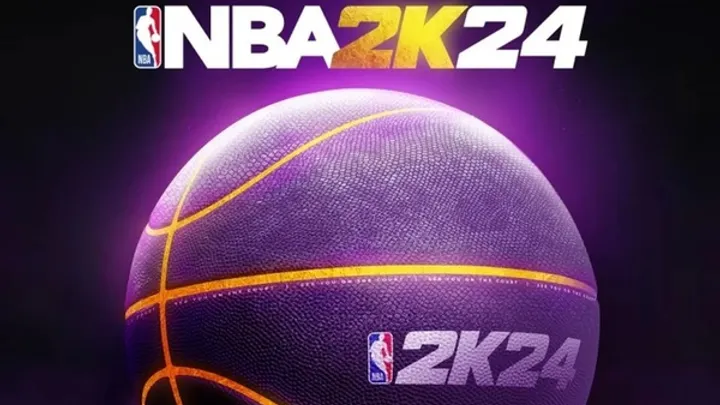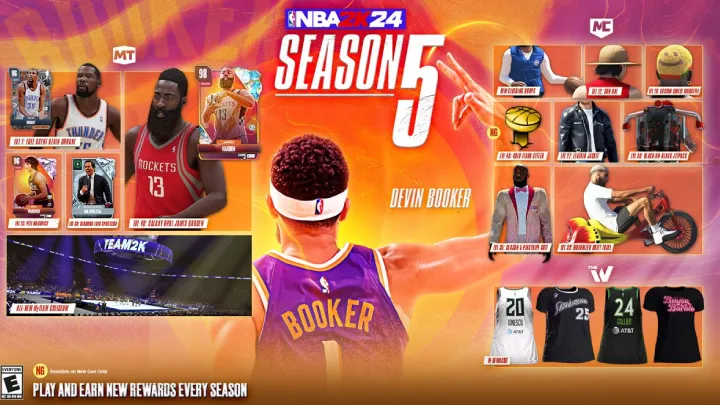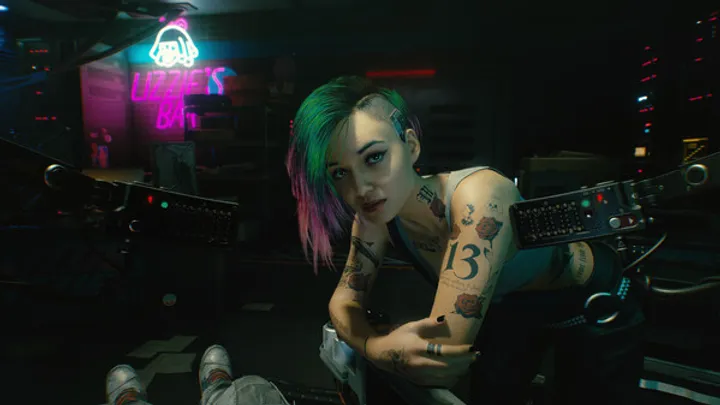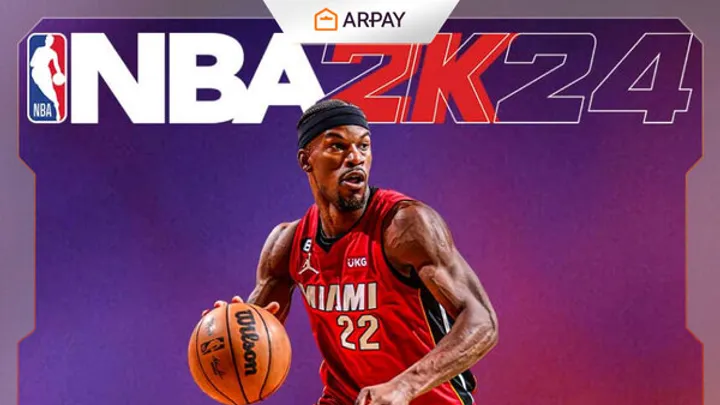Guild Wars 2 offers a rich and rewarding endgame for players who invest the time and effort to master its mechanics. Whether you want to dive into Fractals of the Mists, conquer Strike Missions, or explore Raids, the path to becoming an effective PvE player can be overwhelming. With dozens of builds, currencies, gear types, and roles, many new players struggle to transition from open-world adventuring into high-end content.
This guide breaks down the endgame PvE journey into manageable steps, starting from level 80 and guiding you toward confident, competent participation in Guild Wars 2’s most challenging content. We’ll focus on preparation, class roles, gear acquisition, teamplay etiquette, and more.
1. Reaching Level 80 and What Comes Next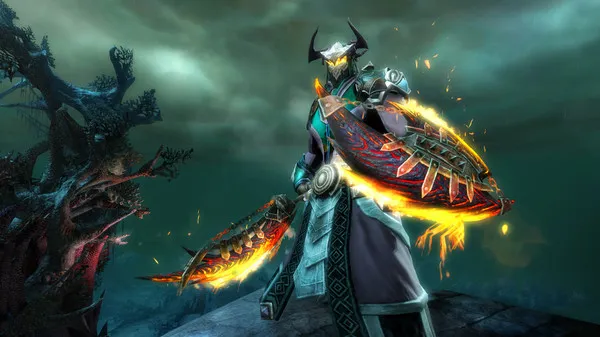
Reaching level 80 is the first milestone toward endgame PvE, but it’s just the beginning.
Choosing a Profession and Elite Spec
After level 80, the real power of your character begins to shine through elite specializations. These are unlocked via Hero Points and define your endgame role. You should choose an elite spec based on what you want to do in groups — healing, tanking, or damage.
Prioritizing Story Progression
Before jumping into Fractals or Strikes, complete your personal story and the expansions. This unlocks important features like mounts, gliding, and elite specs. Many endgame players overlook this and miss out on essential tools for PvE navigation and survival.
2. Understanding PvE Roles: DPS, Support, and Healer
Guild Wars 2 does not have hard role requirements, but its endgame PvE does rely on specific group compositions.
DPS: Power vs. Condition
There are two main types of DPS roles — power-based (burst) and condition-based (damage over time). Each type has advantages depending on the boss mechanics and phase durations.
Support and Healers
Some builds focus on providing boons (like Quickness and Alacrity), while others heal or cleanse conditions. Elite specs like Firebrand, Druid, and Specter are commonly used for support roles.
Role Flexibility
Many elite specs can perform multiple roles. For instance, Firebrand can be a DPS, a Quickness support, or a healer. This flexibility is ideal if you want to contribute to different types of group content.
3. How to Gear Up for Endgame PvE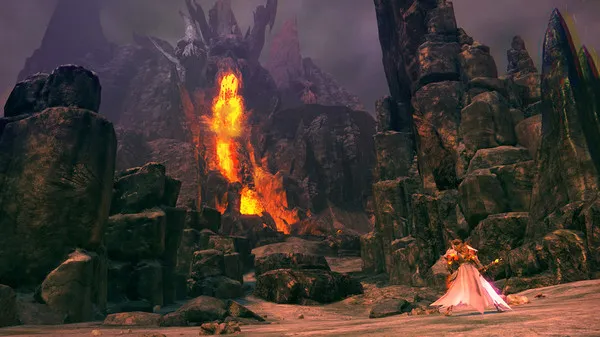
Endgame content expects you to have gear that complements your role and build.
Stat Selection
Stat combinations vary depending on your build. For example:
- Power DPS: Berserker, Marauder
- Condition DPS: Viper, Trailblazer
- Healers: Harrier, Minstrel
- Supports: Diviner, Commander
Ascended Gear
Ascended gear is the standard for Fractals (T4+) and Raids. You can earn it through crafting, fractal rewards, and certain achievements. Exotic gear is fine for entry-level content.
Acquiring Gear Efficiently
Focus on one role first. Use Laurels, Fractal Relics, and PvP/WvW currencies to collect Ascended trinkets. For armor and weapons, consider crafting or buying from vendors unlocked through Living World episodes.
4. Getting Started with Fractals of the Mists
Fractals are 5-player dungeons with scaling difficulty, offering daily rewards and endgame-level mechanics.
Understanding Fractal Tiers
There are four tiers of Fractals. You unlock higher tiers by increasing your personal Fractal Level. Each tier introduces new instabilities that add difficulty.
Agony Resistance (AR)
To survive higher-tier Fractals, you need Agony Resistance. This is acquired by slotting Infusions into Ascended gear. Start with 20–30 AR and aim for 150+ as you progress to T4.
Daily Fractal Routine
Fractal dailies offer excellent rewards, including materials for Ascended gear, gold, and Infusions. Once comfortable, move into Challenge Mode (CM) Fractals for more gold and prestige.
5. Entering Strike Missions and Their Mechanics
Strike Missions are 10-player encounters that serve as an introduction to raid mechanics.
What to Expect in Strikes
Each Strike boss has unique mechanics. Players must coordinate movement, crowd control (CC), boon application, and survivability.
Useful Builds for Strikes
Bring your best PvE build. Power DPS is often preferred for burst fights, but having at least one healer and two boon providers is vital. Communicate roles before the fight begins.
Weekly Strike Rewards
Strikes offer weekly rewards like Prophet Crystals and Ascended gear components. Always check the weekly rotation for optimal farming.
6. Preparing for Raids and Earning Kill Proof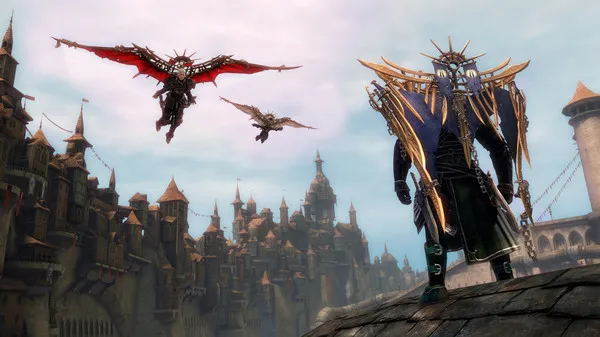
Raids are the most challenging PvE content and require strong mechanics, roles, and communication.
Learning Fights Through Training Groups
Join training guilds or communities like Raid Academy. Many offer friendly learning environments where you can practice without pressure.
Building Kill Proof (KP)
KP usually refers to Legendary Insights or achievements proving you’ve cleared specific wings. These are often required in LFG (Looking For Group) posts for Raid pugs.
Essential Tools
Use ArcDPS for tracking performance and practicing rotations. Understanding your DPS contribution or healing uptime helps you improve and makes you more valuable to a group.
7. Mastering Rotation and Build Optimization
Knowing your build is only half the battle — execution is key in endgame PvE.
Practicing on Golem
Use the Special Forces Training Area in Lion’s Arch to practice your rotation. Benchmarking against community standards (e.g., Snowcrows) helps you stay competitive.
Learning Openers and Buff Timing
The first 10–15 seconds of combat often determine a DPS player’s effectiveness. Timing your cooldowns with boon uptimes, like Quickness and Might, can double your damage output.
Stay Updated
Builds and metas shift every few months. Bookmark community websites like Snowcrows, MetaBattle, and Hardstuck to stay informed.
8. Joining Guilds and Organized Groups
Soloing endgame content isn’t practical. Guilds provide consistent groups, training, and social support.
Types of PvE Guilds
Some guilds are hardcore progression-focused. Others are semi-casual with scheduled raid nights. Join Discord communities to find your fit.
Guild Missions and Events
Besides raids, guilds often run events, bounty hunts, and training nights. These are great for earning currency, meeting players, and developing your skills in a low-pressure setting.
9. Managing Gold, Resources, and Economy
Endgame PvE often requires large amounts of gold for gear, crafting, and infusions.
How to Earn Gold in PvE
Some top methods include:
- Daily T4 Fractals
- Meta event trains (Dragonfall, Silverwastes)
- Selling unwanted Ascended drops or Infusions
- Farming Strike Mission rewards
Efficient Spending
Don’t waste gold on cosmetic skins early on. Focus on Ascended gear, infusions, and stat-selectable gear for versatility.
10. Staying Motivated and Avoiding Burnout
Endgame PvE can feel like a grind without clear goals. Here’s how to keep things fun.
Set Short and Long-Term Goals
Examples include:
- Craft your first Legendary weapon
- Clear all Raid wings
- Reach AR 150 and complete CM Fractals
- Unlock all elite specializations
Rotate Activities
If Raids burn you out, switch to WvW or PvP. Guild Wars 2's strength is its diverse content. Mixing things up prevents fatigue.
Conclusion
Guild Wars 2’s endgame PvE is one of the most rewarding aspects of the game — but only if approached with preparation, patience, and a solid understanding of roles and mechanics. From gearing up to mastering rotations and tackling raids, each step builds on the last. With proper guidance, the endgame becomes a thrilling, dynamic experience that showcases the very best of what Tyria has to offer.
Focus on one role first, build your KP, join helpful guilds, and stay current with the community — and you’ll thrive in Guild Wars 2’s most challenging content.








